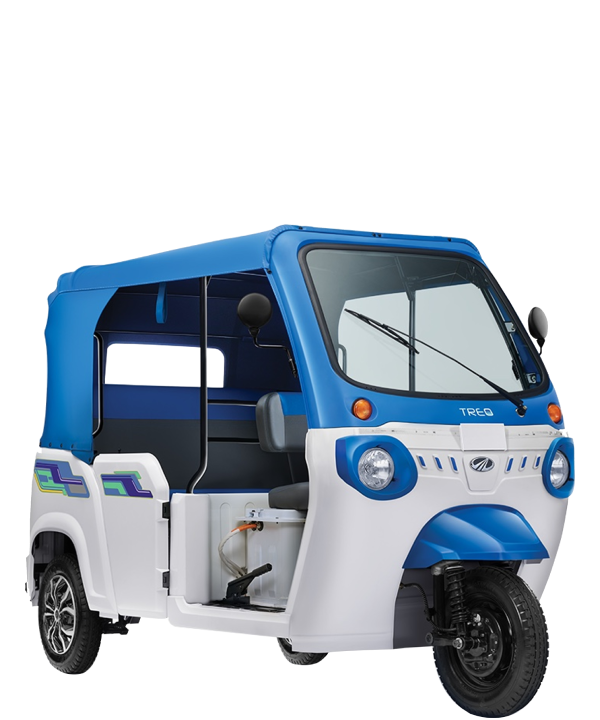Useful Links
Consumer Education Literature
Customer Awareness on Loan Repayment and Classification
(Based on RBI Circular RBI/2021-22/125 dated Nov 12, 2021)
To help customers understand repayment timelines and how their loan accounts are classified in case of non-payment, below are some key terms:
- POS (Principal Outstanding): The outstanding principal balance of a loan/credit facility is simply the total principal amount outstanding in the loan, excluding accrued interest, default interest, and other charges.
- Overdue: Any amount due to the lender under a credit facility is ‘overdue’ if it is not paid on the agreed due date. Defaults/non-repayment are reported to credit bureaus like CIBIL, and reflected in the customer’s credit report.
- DPD (Days Past Due): Indicates repayment consistency and delays. It is the number of days for which any principal/interest/EMI or instalment remains overdue and unpaid as at the day-end process.
-
SMA (Special Mention Account):
Borrower loan accounts are downgraded to SMA classification upon failure to pay any EMI by the due date or
if any dues are overdue. Classification is as follows:
SMA Sub-category Basis for Classification SMA-0 Up to 30 days overdue SMA-1 31–60 days overdue SMA-2 61–90 days overdue
NPA (Non-Performing Assets): A loan account is classified as NPA if no EMI is paid for more than 90 days. Once classified, it remains an NPA until all arrears of interest and principal are fully cleared. Reporting to Credit Information Companies and Regulatory bodies follows this norm.
Example
If the due date of a loan account is 31 March 2021 and full dues are not received before the company’s day-end process:
- It becomes overdue from 31 March 2021.
- If unpaid for 30 days, it is tagged as SMA-1 on 30 April 2021.
- If unpaid for 60 days, it is tagged as SMA-2 on 30 May 2021.
- If unpaid for 90+ days, it is classified as NPA on 29 June 2021.









